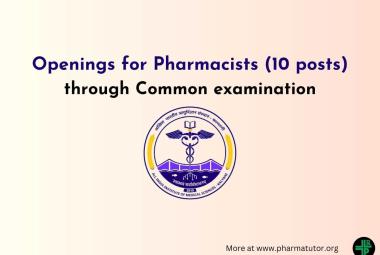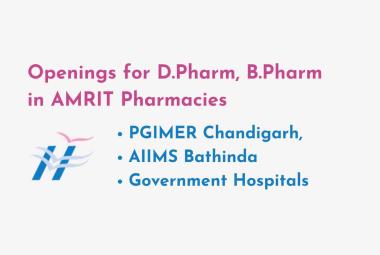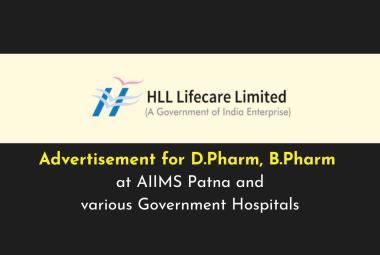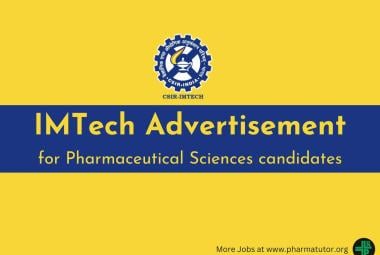 About Authors:
About Authors:
Enegide Chinedu*, David Arome, Solomon F. Ameh
Department of Science Laboratory Technology (Physiology & Pharmacology Technology),
University of Jos, Jos Nigeria.
*chinex.snow@gmail.com
Abstract
Though remarkable success have been achieved in the discovery and development of various drugs for the treatment and management of several ailments, there is still need for more discoveries. This is due to the reason that some of the drugs currently in use posseses one or more of the following drawbacks (i) high toxicity level (ii) increase lose of effectiveness or low efficacy (iii) costly or (iv) inaccessable. Herbs have now become the main stream for drug discovery and development. Conservative estimate have revealed that there are over 250,000 higher plant species, and only a minute proportion have been screened exhaustively for their possible therapeutic properties. Atleast, over 120 unique pharmacological substances derived from plants are currently being used as drugs in various countries in the world. Apart from the direct use of plant derivatives as therapeutic agents, they can also serve as models for the design, synthesis or semisynthesis of other therpeutic agents. In conclusion, herbs are a reliable source for more discovery and development of new drugs. The scientific community should therefore harness this resource by improving research on it.
[adsense:336x280:8701650588]
REFERENCE ID: PHARMATUTOR-ART-2017
INTRODUCTION
The issue of disovery and development of new drugs have been an issue of great importance to the scientific community. This is due to the high demand for therapeutic answers to various health problems globally. Alot of money is being spent on drugs globally. Record shows that in the year 2006, about $ 643 billion was spent on prescription drugs globally. This shows that the pharmaceutical industry have risen to be one of the major industries for economic development. [1] Though remarkable success have been achieved in the discovery and development of various drugs for the treatment and management of several ailments, there is still need for more discoveries. This is due to the reason that some of the drugs currently in use posseses one or more of the following drawbacks (i) high toxicity level (ii) increase lose of effectiveness or low efficacy (iii) costly or (iv) inaccessable. [2] Therefore, the discovery of newer drugs is indeed important and will always be needed. But however, drug discovery and development in general is a lenghty process which involves huge amount of money. An average of 10-15 years is required for the development of a new drug into a marketable therapeutic agent. The various sources of drugs includes animals, micro-orgnisms, genes, minerals, semi-synthetic/ synthetic and plant sources (herbs). [3] Due to several adverse effects that are associated with synthesized drugs, many pharmaceutical companies are now paying more attention to the develoment of drugs from natural sources. However, of the natural sources of drug, more focus have been placed on developing drugs from herbs than the others. Herbs has now become the main stream for drug discovery and development. This justify's why most drugs currently in use are from herbs. Herbs in general, areplants or plant parts used due to their flavor, scent or medicinal properties. [4]Statistics by the World Health Organization (WHO) shows that about 3.5 - 4 billion people worldwide rely on plant sources for drugs. [5] In 1991, statistics showed that about half of the best selling drugs worldwide are from natural products, with drugs derived from plant sources being a major part of them. [6] Conservative estimate have revealed that there are over 250,000 higher plant species, and only a minute proportion have been screened exhaustively for their possible therapeutic properties. [7]
Some Drugs Developed From Plant sources
Atleast, over 120 unique pharmacological substances derived from plants are currently being used as drugs in various countries in the world. [8] Some of these drugs includes
- Atropine: It is an anticholinergic drug, and is derived fromthe plant Atropa belladonna.
- Colchine: It is an antitumor agent which is derived from Colchicum autumnale.
- Digoxin: Is gotten from Digitalis purpurea. It is used as a cardiotonic.
- Morphine: Is an analgesic and is derived from Papaver somniferum.
- Quinine:This drug is an antimalarial agent derived from the plant Cinhona ledgeriana.
- Reserpine: Is an antihypertensive agent and is derived from Rauvolfia serpentina.
- Vasicine: Is a cerebral stimulant which is derived from the plant Vinca minor.
- Thymol: Is an antifungi agent derived from Thymus vulgaris.
- Glaucine: Is an antitussive and is derived from Glaucium flavum
- Picrotoxin: Is an analeptic agent derived from Anamirta cocculus.
- Emetine: Is an emetic agent derived from Cephaelis ipecacuanha.
- Artmisinin: Is an antimalaria agent derived from Artemisia annua.
- Scopolamine: Is a sedative agent derived from Datura sp.
- Rorifone: Is an antitussive derived from the plant Rorippa indica.
- Salicin: Is an analgesic agent and is derived from Salix alba
- Valapotriates: Is a sedative agent derived from Valeriana officinalis
Though recently, attentions have been shifted to drug disvery by molecular modeling, combinatorial chemistry, and other synthetic chemistry method. Natural sources, especially plant sources have also proven to be a vital source for the discovery and development of new drugs. [9] The importance of herbs towards modern medcine development have been enumerated on various occassions. [9 -13] Apart from the direct use of plant derivatives as therapeutic agents, they can also serve as models for the design, synthesis or semisynthesis of other therpeutic agents. [7, 12]It is therefore imperative for the scientific community to step-up research effort on herb. As it has over the years shown to be a reliable source for drug discovery and developent. Estimate have also shown that of the numerous plant species distributed globally, only a little percentage of it have been utilized for medicinal purpose. This goes to show that there is still alot more drugs that could be discovered and developed from herbal (plant) sources. And being the most abudantly available source for drug development, it will even be more cheaper developing drugs from plants.
CONCLUSION
Herbs are a reliable source for more discovery and development of new drugs. The scientific community should therefore harness this resource by improving research on it.
REFERENCES
1. Si-Yuan Pan, Shu-Feng Zhou, Si-Hua Gao, Zhi-Ling Yu, Shuo-Feng Zhang, Min-Ke Tang , Jian-Ning Sun, Dik-Lung Ma, Yi-Fan Han, Wang-Fun Fong, and Kam-Ming Ko. New Perspectives on How to Discover Drugs frDrug Discovery and Drug Developmentom Herbal Medicines: CAM's Outstanding Contribution to Modern Therapeutics. Evidence-Based Complementary and Alternative Medicine Volume 2013.
2. World Health Organization (WHO). Drug Discovery and Drug Development 2004. Available online at who.int (accessed 11th September, 2013).
3. C. J. Barden and D. F. Weaver, “The rise of micropharma,” Drug Discovery Today, vol. 15, no. 3-4, pp. 84–87, 2010. View at Publisher • View at Google Scholar • View at Scopus.
4. en.m.wikipedia.org/wiki/Herb (accessed 12th September, 2013)
5. Farnaworth, N. R. in Biodiversity Wislson, E. O Ed., National Academy Press Washington, DC 1988, pp. 83 -97.
6. O'Neill, M.J., Lewis, J. A. in Human Medicinal Agents from Plants Kinghorn, A. D., Balandrin, M. F., Eds., ACS Symposium Series 543, 1993, pp. 48 - 55.
7. Ayensu, E. S., and R. A. DeFilipps. 1978. Endangered and Threatened Plants of the United States. Smithsonian Institution, Washington, DC.
8. Leslie Taylor, ND. Plant Based Drugs and Medicines 2000. Available online at chemistry.about.com/gi/dynamic/offsite.htm?site= rain%2Dtree.com/plantdrugs.htm (accessed 12th September, 2013).
9. A.A. Salim, Y. W. Chin and A.D. Kinghorn. Drug discovery from plants. Bioactive molecules and medicinal plants (Eds.) Kg Ramawt; J. -M, Merillon, 2008.
10. Jones WP, Chin YW, Kinghorn AD. Curr Drug Targets 2006; 7:247
11. Balunas MJ, Kinghorn AD. Life Sci 2006; 78:431
12. Fowler MW. J Sci Food Agric 2006; 86:1797
13. Gurib-Fakin A. Mol Aspects Med 2006; 27:1
NOW YOU CAN ALSO PUBLISH YOUR ARTICLE ONLINE.
SUBMIT YOUR ARTICLE/PROJECT AT articles@pharmatutor.org
Subscribe to Pharmatutor Alerts by Email
FIND OUT MORE ARTICLES AT OUR DATABASE









